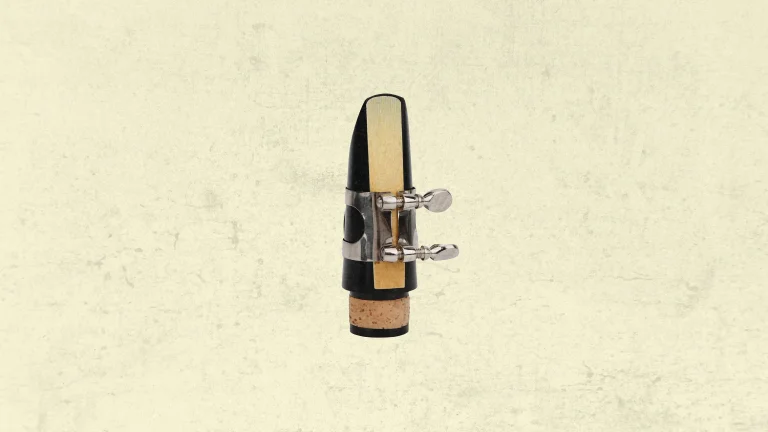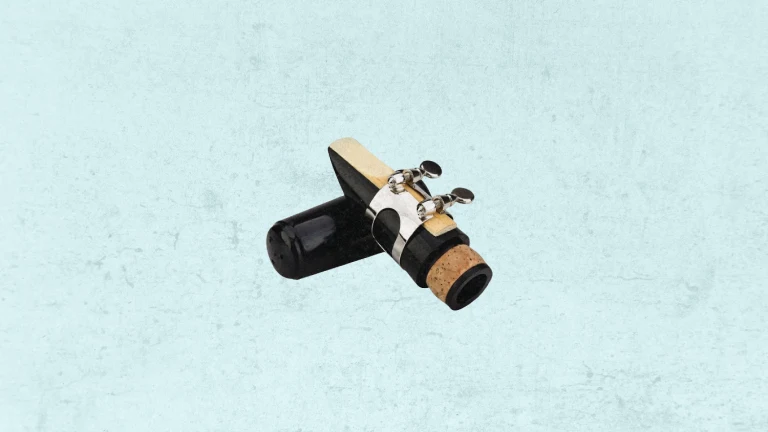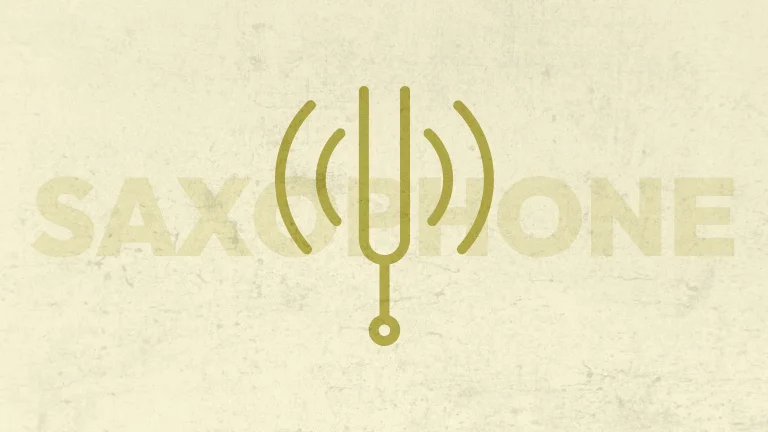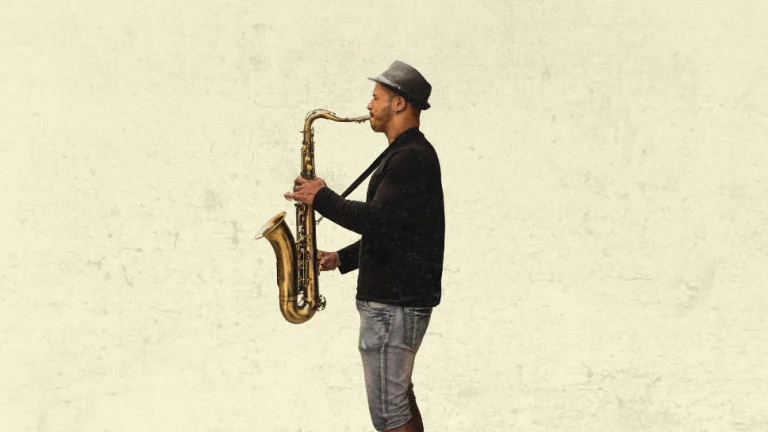If you want to try and play a flute without learning it, this article will give you a general guide.
Of course, to be a professional flute player, you need to learn it and gradually you will become a good player.
But for a quick start and general understanding, I think this article will help you.
1. Assemble Your Flute
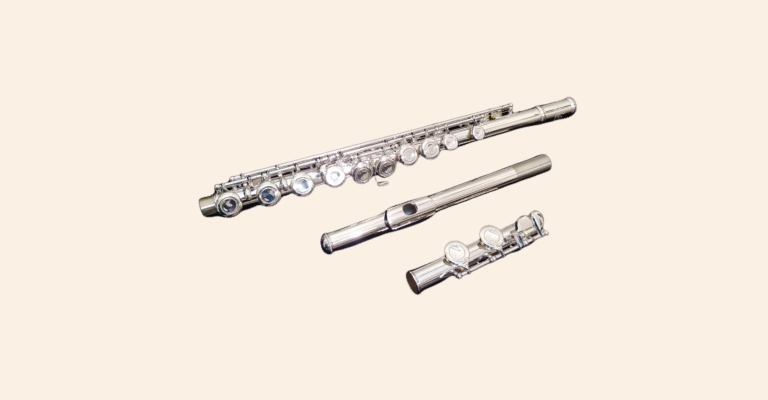
The flute has three parts – headjoint, body, and foot joint and if you get a new one, it will need an assembly.
It’s an easy thing to do – you need to connect the headjoint to the body and connect the body to the foot joint.
When you connect the headjoint to the body, you need to make sure that the blowing hole is aligned with the first key.
After that, connect the foot joint and the key should be around in the middle.
Some beginner flutes might need more work but in general, it’s a very easy process.
Also, it’s good practice to disassemble and clean your flute after you are done playing and place it in the case.
2. Tune It
After you assemble your instrument, you need to tune it before playing any note.
Headjoint controls the tuning of a flute – if it’s sharp, then you need to push the headjoint in and if it’s flat, then you move it outward.
However, before that step, you should always warm up your flute because it will give you a better result.
For more information, you can read my guide on how to tune flutes.
3. Hold It Properly
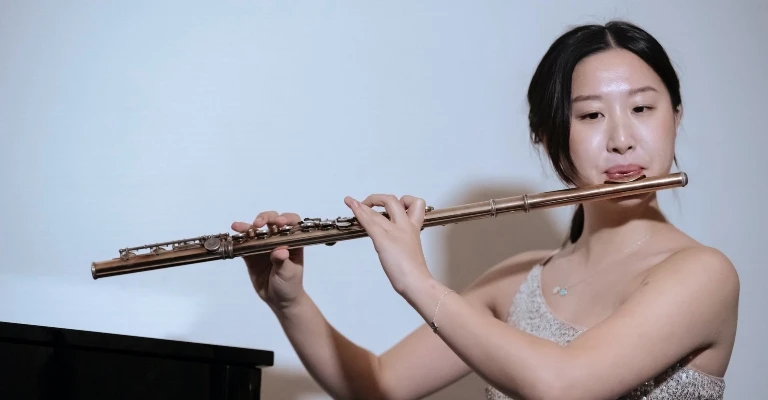
So, before you start playing your first notes, it’s important to know how to hold your flute.
I assume that you already know it or at least you have seen a flute player and you have a general understanding.
In a nutshell, you place one hand at the place where the headjoint connects to the body and the second hand near the foot joint.
Then you need to hold it up 90 degrees from your hand – it needs to be straight because it makes playing easier.
4. Blowing Into Your Flute
After assembly, tuning, and holding, it’s time to play the flute by blowing correctly which is quite easy.
You need to place the flute mouthpiece under your low lip and blow that way.
Your lips shouldn’t touch or cover the whole because it won’t give you the desired sound.
When you place it right, then you need to slightly widen your mouth to make a small hole for air to flow. Then you need to blow into the whole.
You don’t have to blow hard like you blow in a birthday cake. Just say “tu” and blow that way.
This will help you to create better sound and also, it’s a good way for beginners to get used to playing flute.
5. Picking Notes
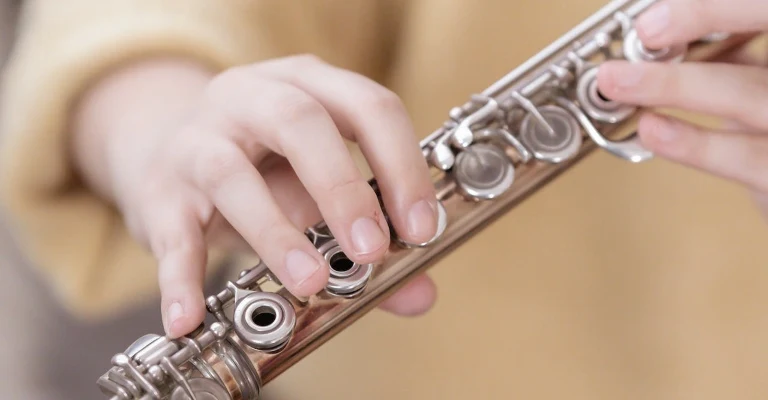
Now, when it comes to picking notes on the flute, it might be challenging for some people, especially new players.
However, it’s not rocket science – you just need to place different fingers on specific keys.
Your left-hand index finger should go on the second key (next to the first small key), then you skip a key and place your middle finger on the next one and the ring finger on the following key.
In the case of the pinky, you should place it on a small key, which looks different from other keys.
And finally, the thumb goes on the side key, which has a long shape.
As fo the right hand goes, at the end you will see keys with holes. So, you need to place your index, middle, and ring fingers on those keys. And the pinky goes on the last key, which is on the foot joint of the flute.
The right-hand thumb is needed only for support so you place it on the back of the flute to support your note-picking fingers.
Conclusion
As you can see, it’s not a hard thing to play the flute even if you have never played it. You just need to know how to hold it and blow properly to get a good sound. Of course, you also should know how to assemble and tune your instrument.
